Trees, warning surface among final details of Bloomington’s 7-Line bicycle lane
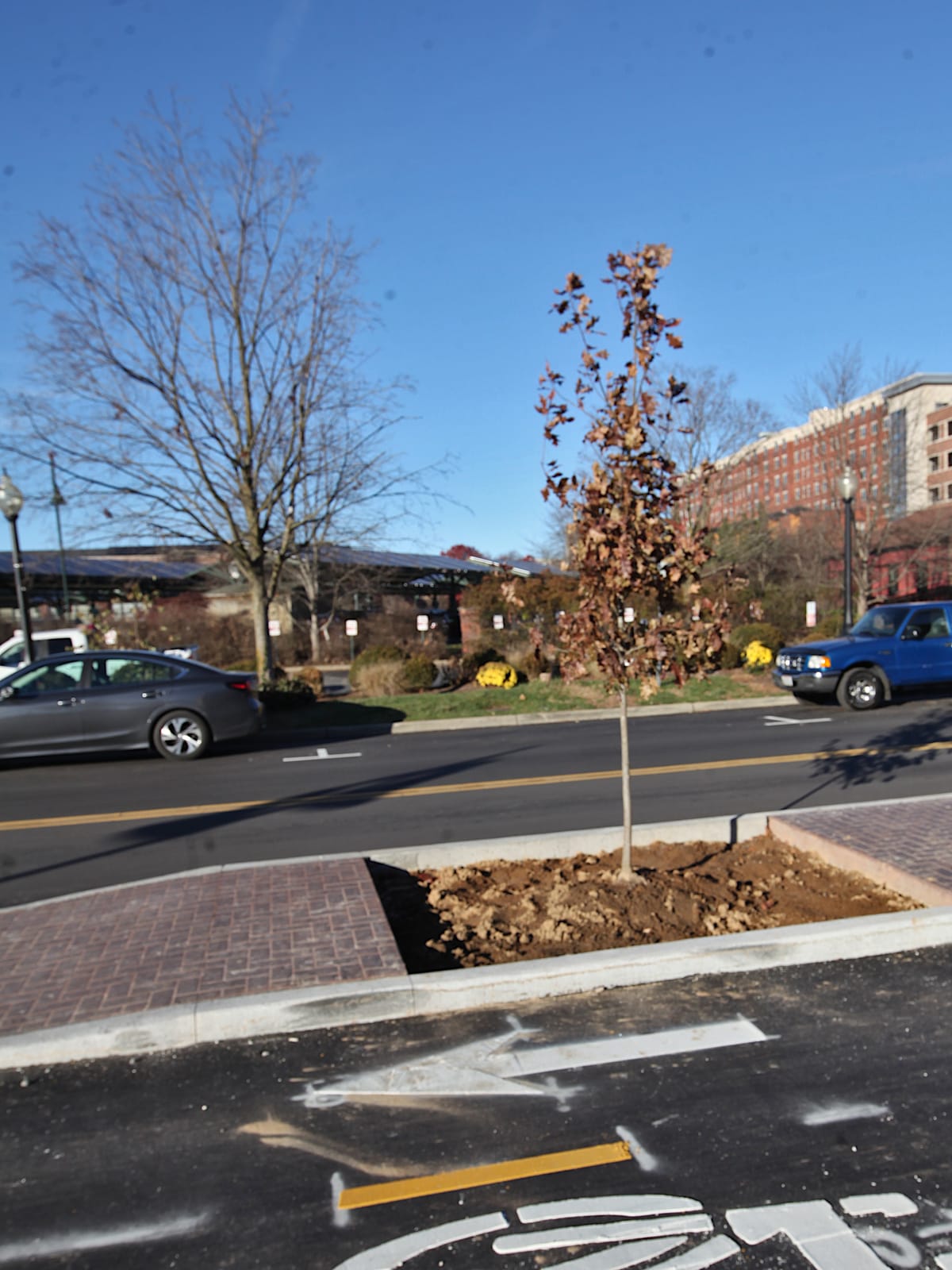
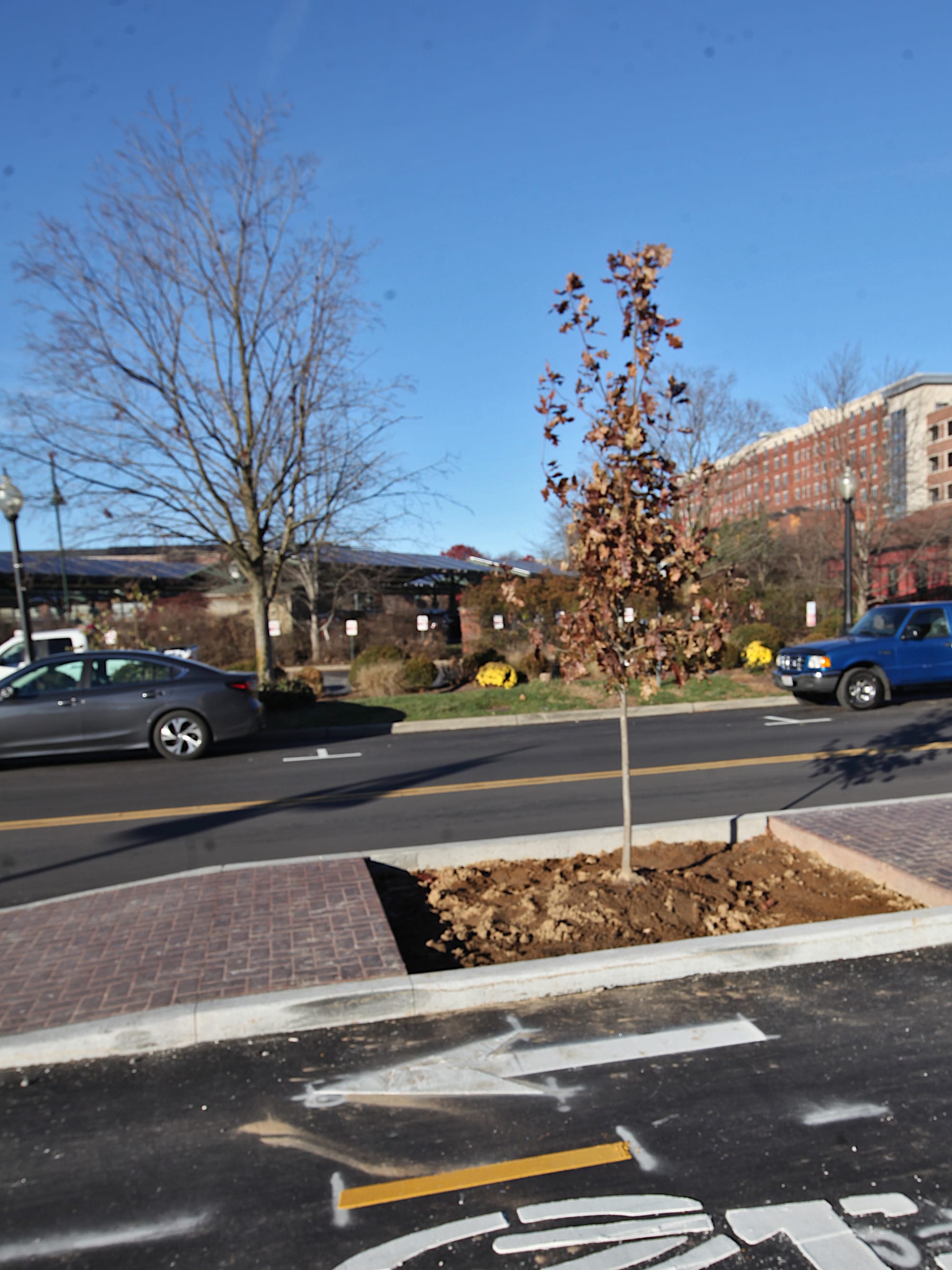
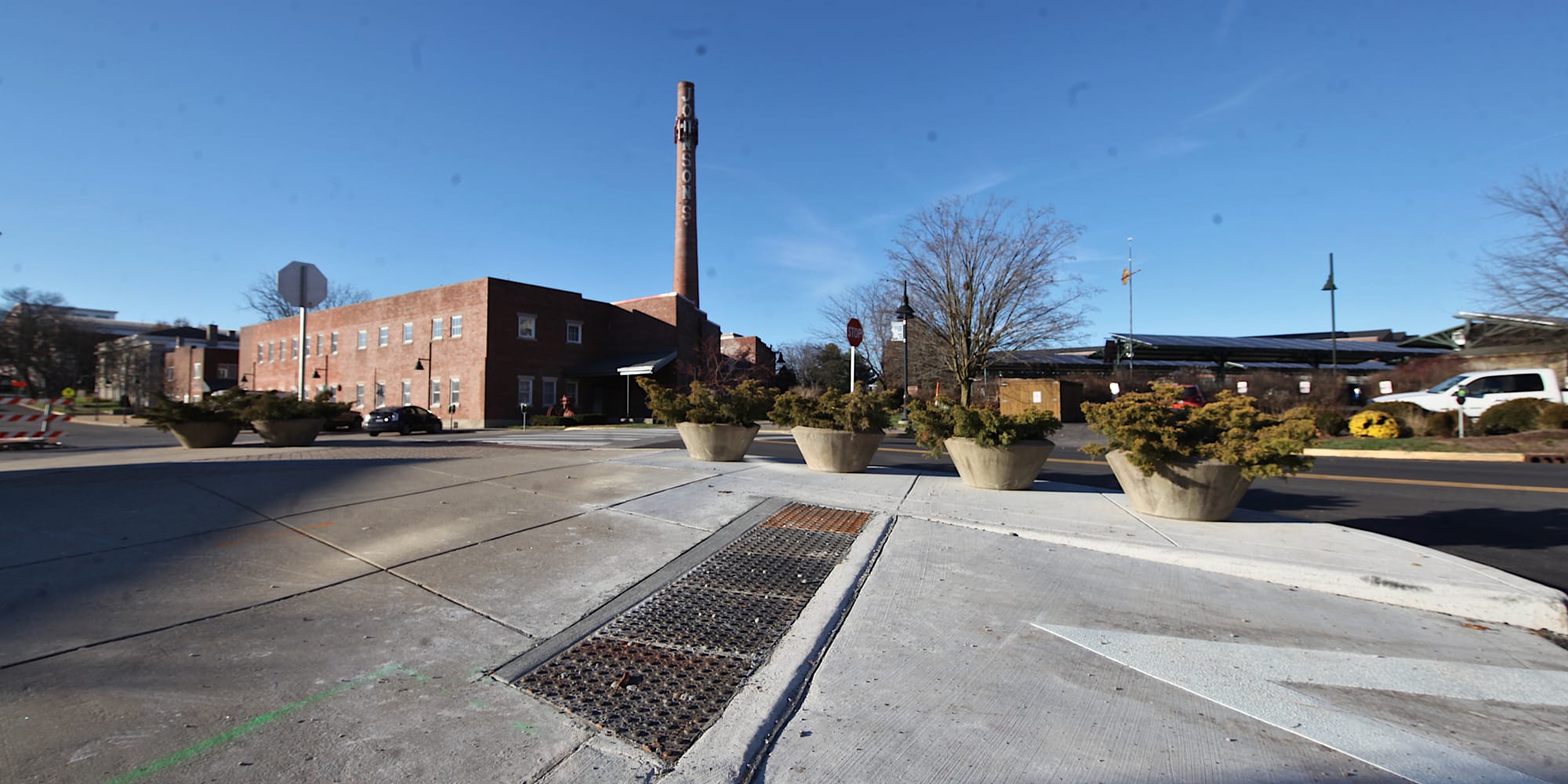
At Tuesday’s meeting of Bloomington’s board of public works, three change orders were approved for the 7-Line project.
The increases in the approved expenditures, which totaled around $30,000, signaled that the final touches are being put on the $2.6 million protected bicycle lane for 7th Street.
The work has included the installation of replacements for two of three accessible on-street parking spaces, which were eliminated due to the construction of the project.
The 7-Line runs about three-quarters of a mile along 7th Street, from the B-Line Trail to the Indiana University campus. An official opening ceremony was held last week.
One of the changes approved by the board of public works on Tuesday covered the $1,694 cost of repairing a void under the pavement caused by a broken seal on a storm sewer in front of the Antique Mall. That’s on the western end of the project, which terminates at the B-Line Trail just west of Morton Street.
The work, which started in June, progressed from east-to-west starting with the 7-Line’s eastern end at Woodlawn Avenue, on the Indiana University campus.
Another change covered the $26,404 cost for 200 cubic yards of topsoil in connection with the planting of trees. Red oak saplings have now been planted in the curbed medians that separate cars from the two-way bicycle lane on the south side of the street.
A third change approved by the board of works covered the $1,794 cost of adding
detectable warning elements where the B-Line Trail transitions to the 7-Line.
According to Tuesday’s meeting information packed, it was during the punch walk when it was determined that detectable warning elements are required at that location.
Detectable warning elements—strips of color-contrasting bumps on pedestrian ramps—are required by the Americans with Disabilities Act (ADA) at transition points in the right-of-way. The surfaces are supposed to alert visually impaired and blind pedestrians to a change in conditions, as they navigate the street with or without a cane.
One of the impacts of the 7-Line on accessibility infrastructure was the removal of three accessible on-street parking spaces. More than 100 on-street parking spaces were removed as a result of the project.
Two of the three eliminated accessible parking spaces have been offset with parking spaces added nearby—which is to say on the same block face (the four sides of a city block). Under Bloomington’s city code, for every 25 metered parking spaces per block face, one of them has to be an accessible space.
The space on the south side of 7th Street in front of the Monroe County public health building was eliminated, but offset with a replacement accessible space right around the corner, on College Avenue. That’s something county commissioners had requested in summer of 2020 when the 7-Line received considerable public discussion.
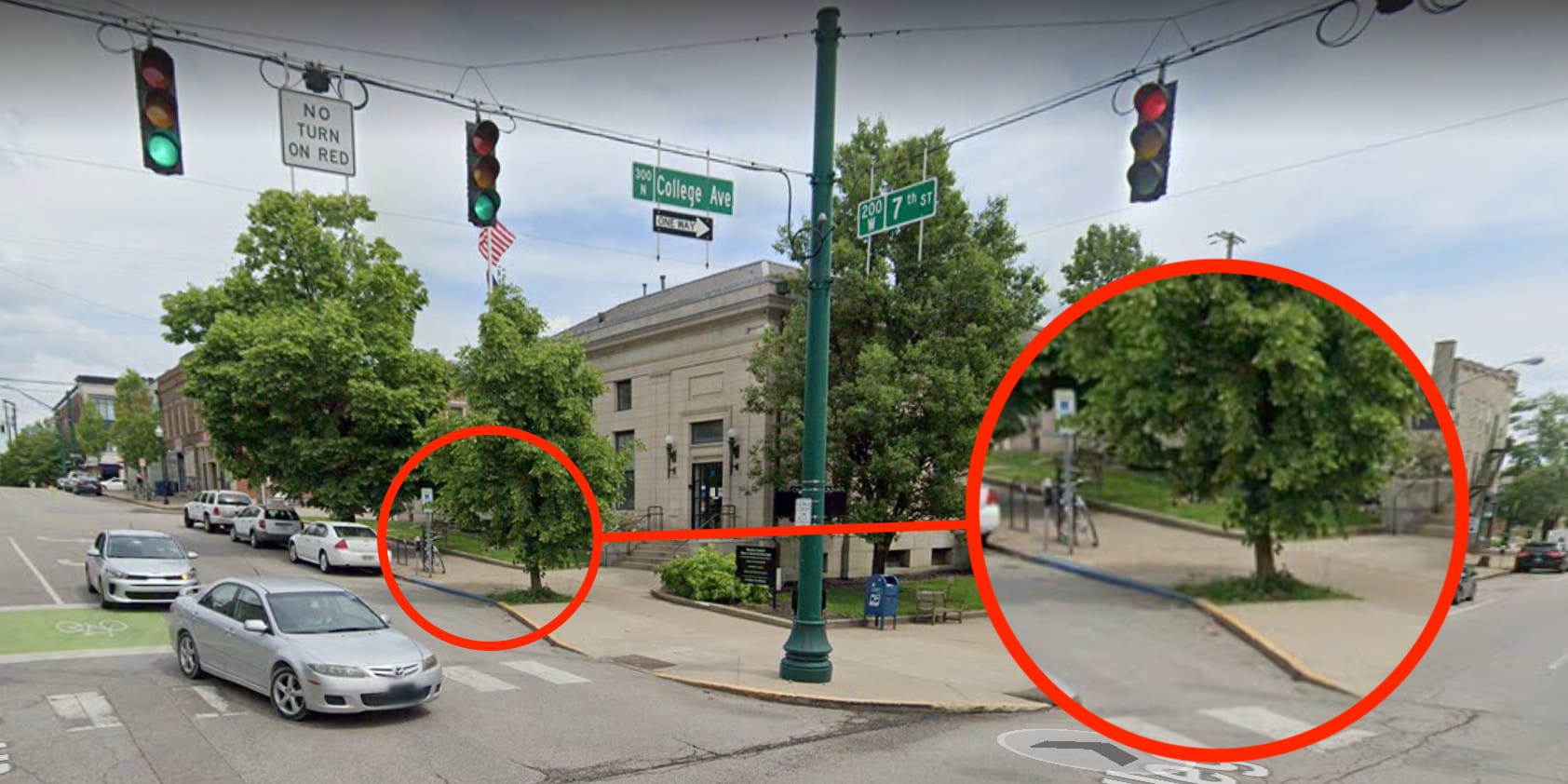
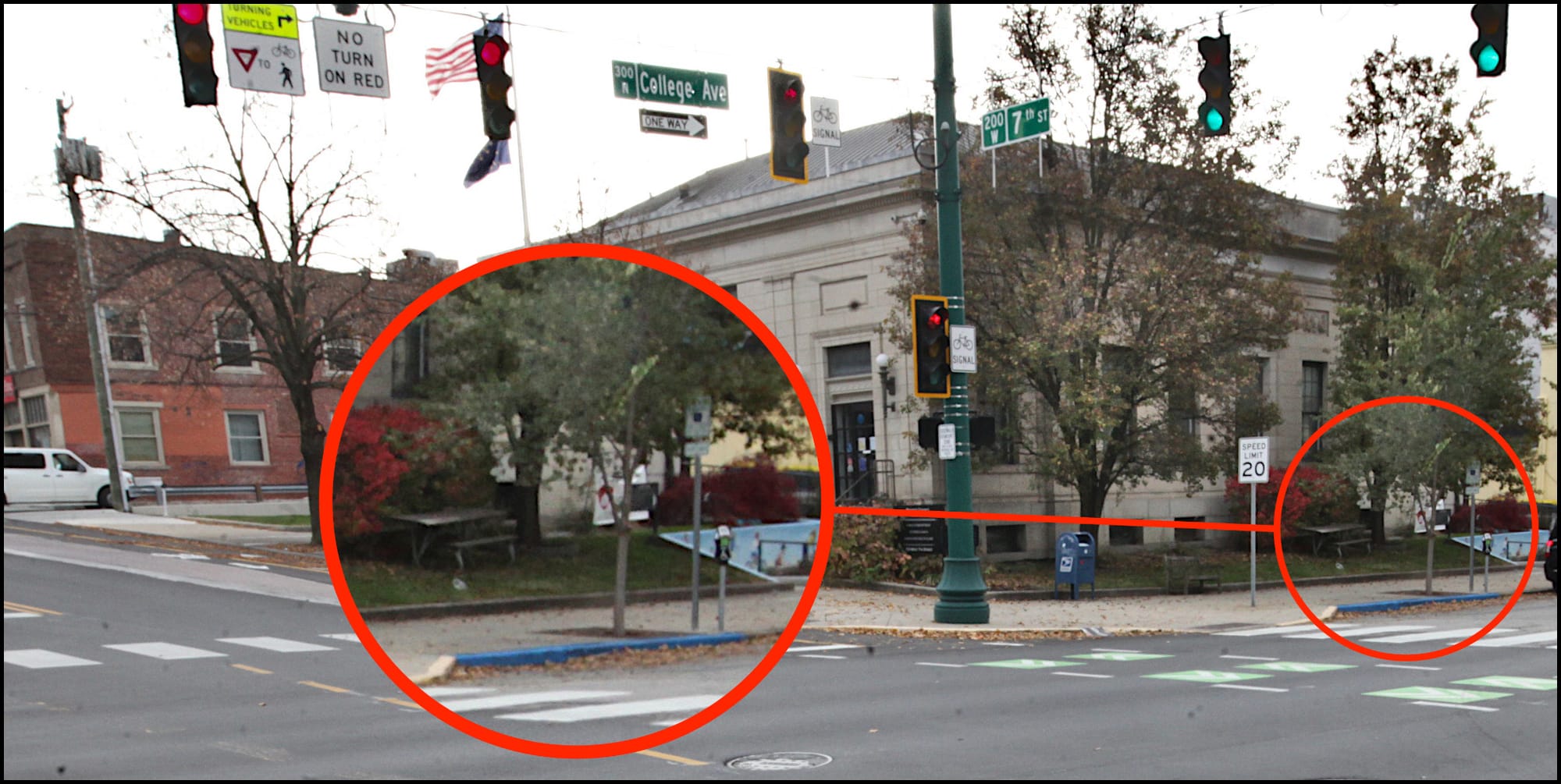
The accessible space at 7th and Morton Street was eliminated, but offset with a replacement accessible space a bit westward, on the other side of the B-Line.
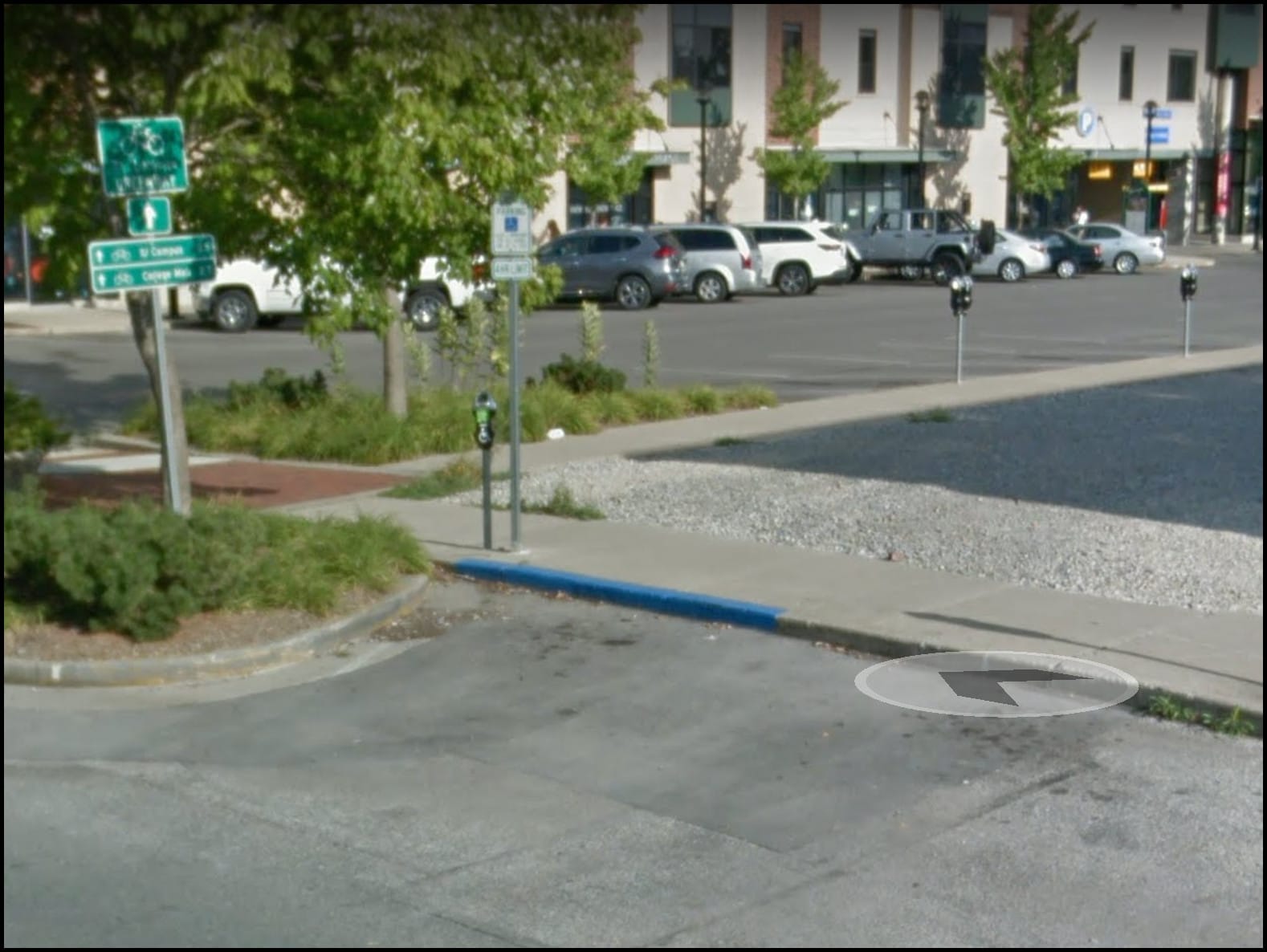
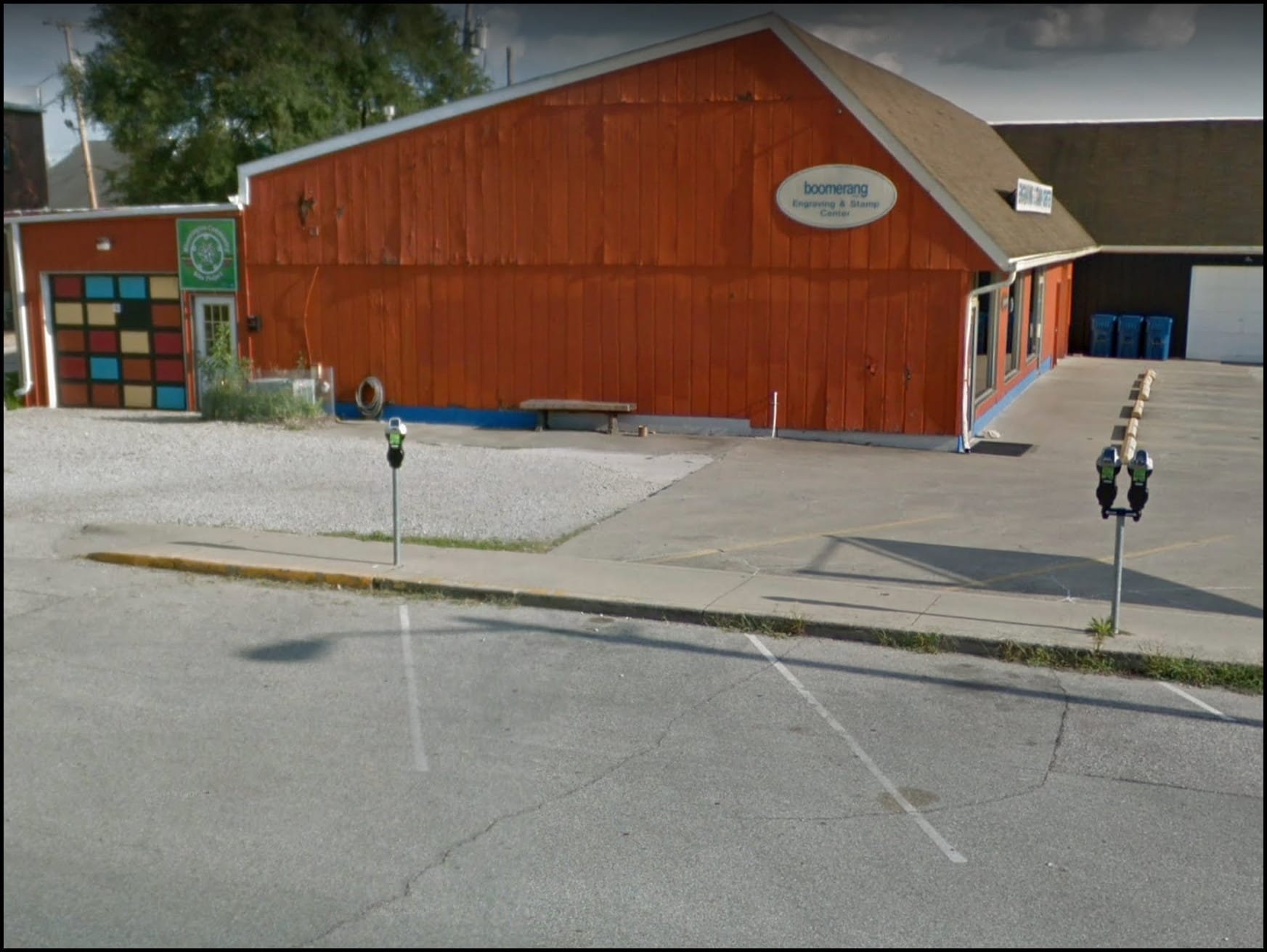
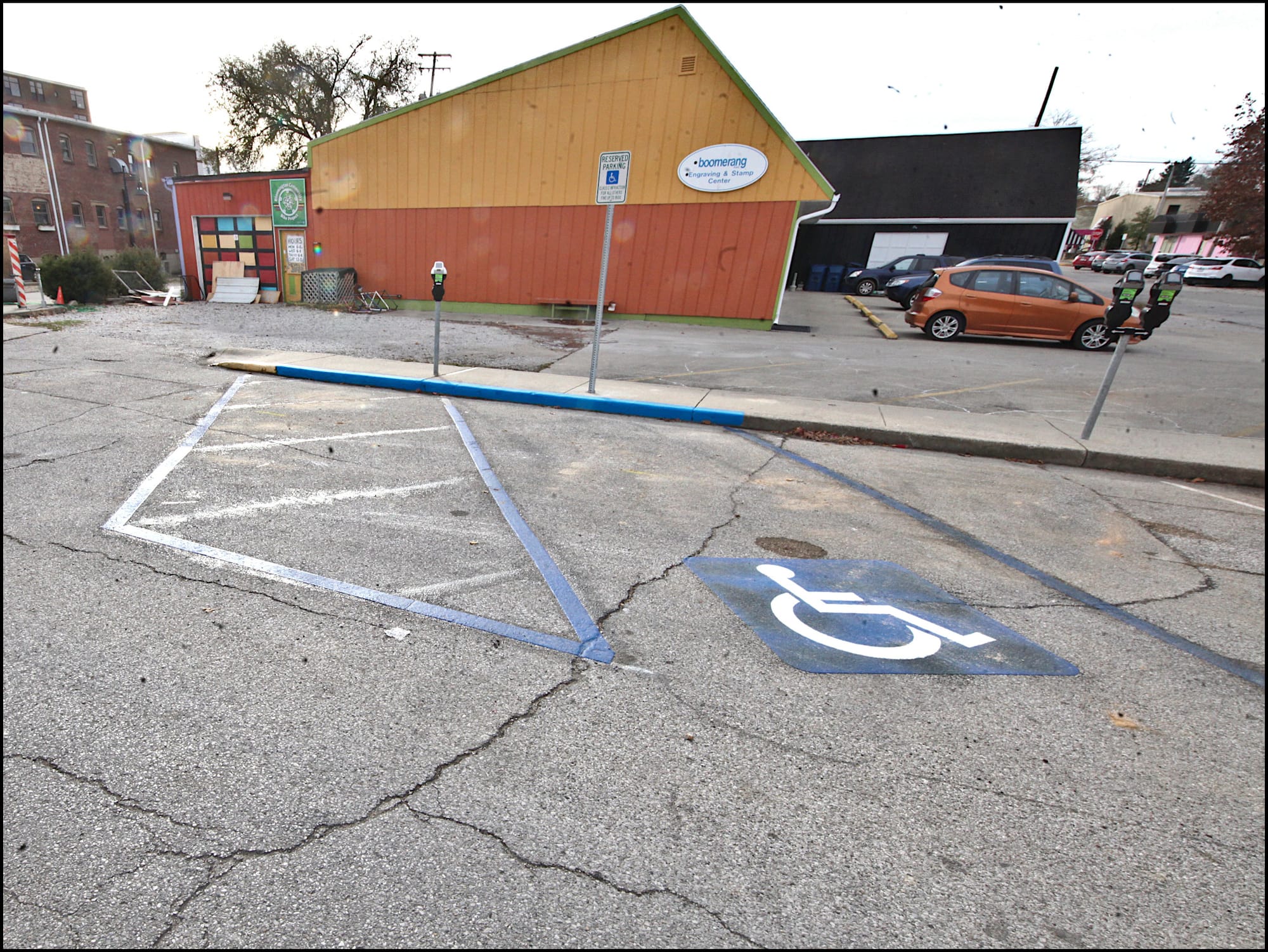
The accessible parking space on the north side of 7th Street between College Avenue and Walnut Street was eliminated, but has not been replaced—at least not on the same block face. Its removal leaves that block face with one accessible space, out of 25 total for the block face, which would conform with city code.
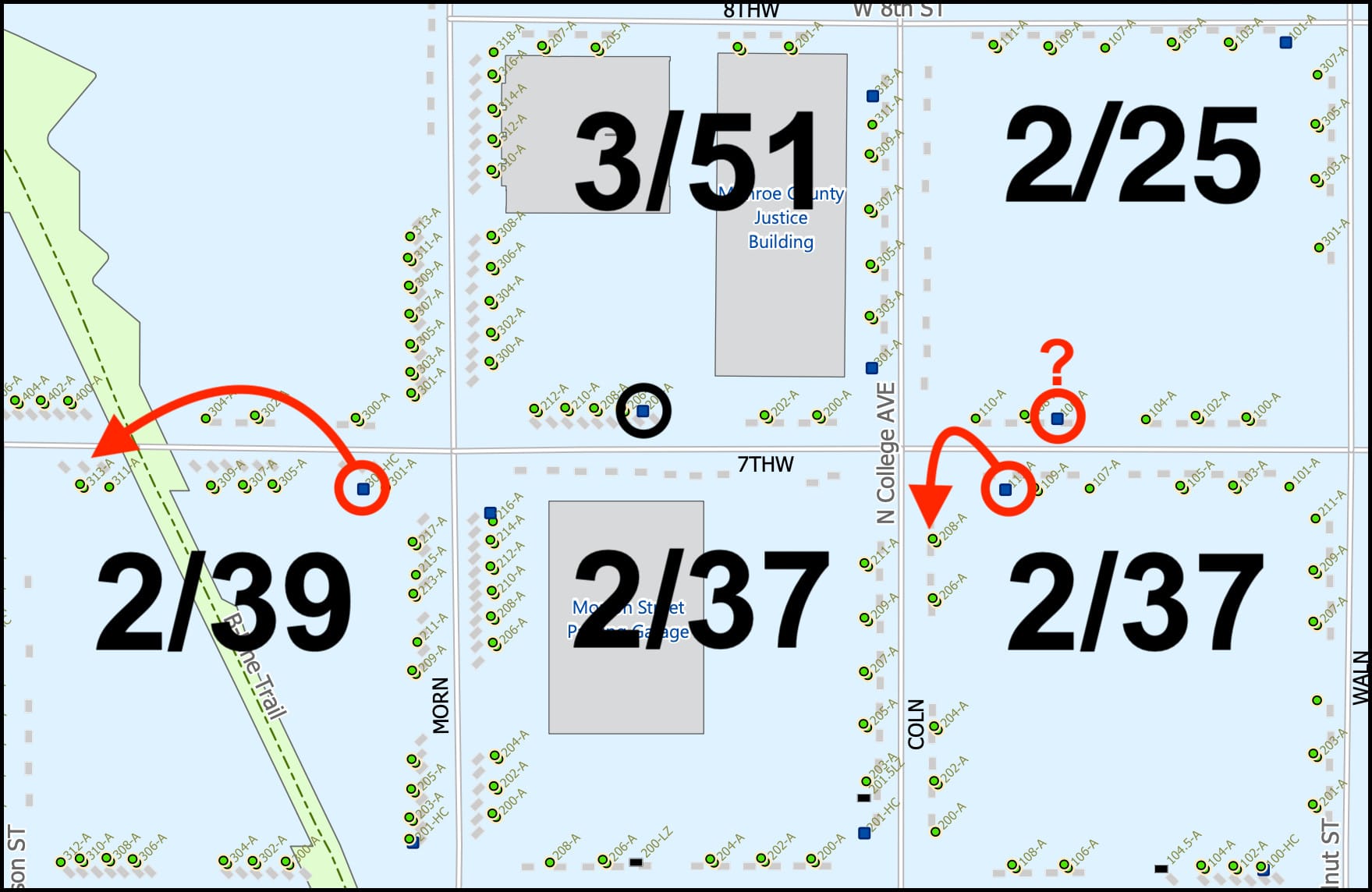
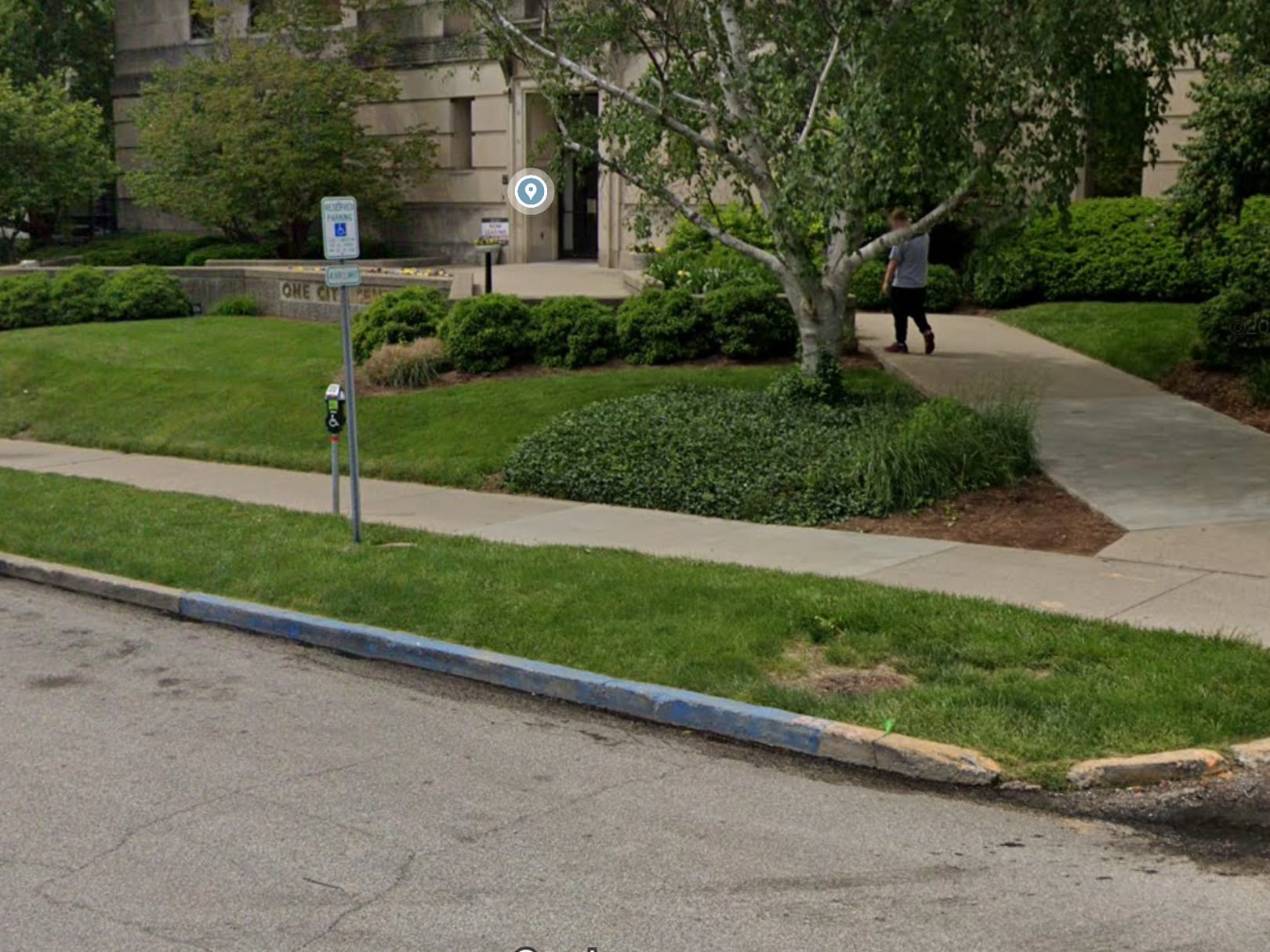




Comments ()